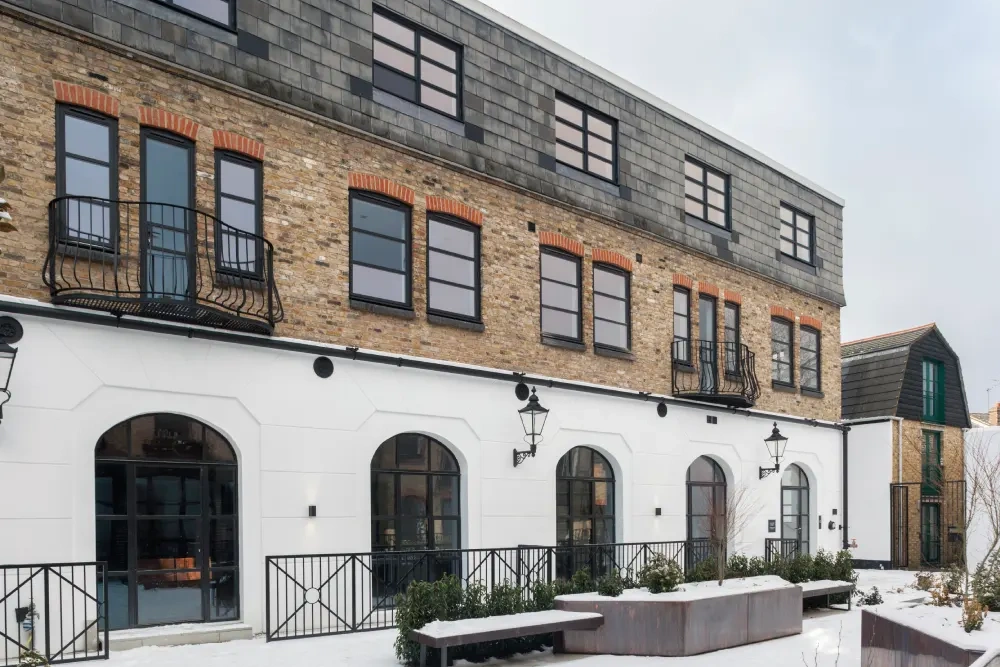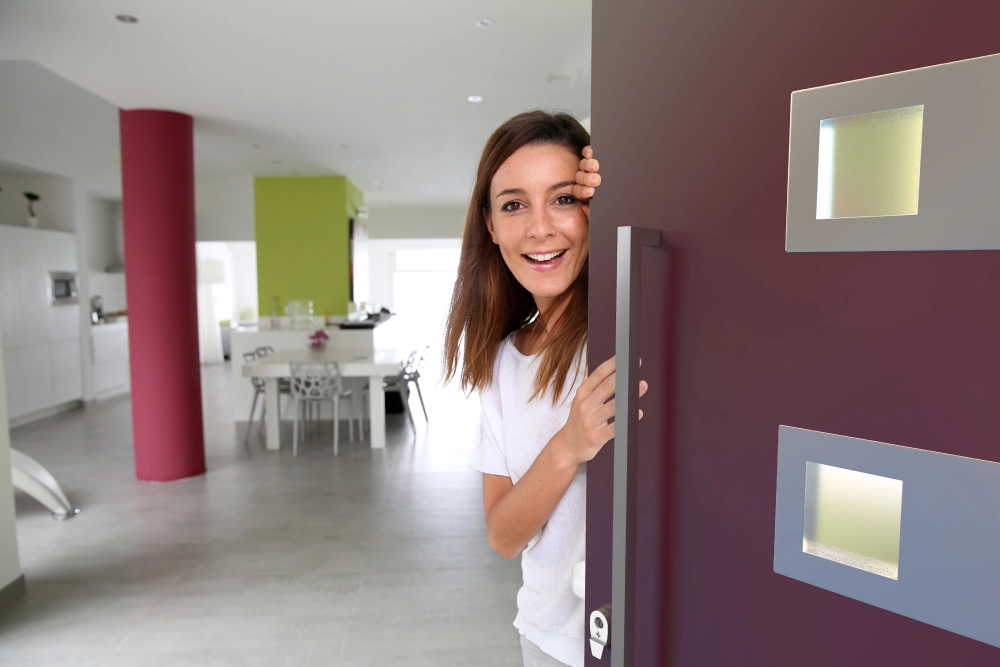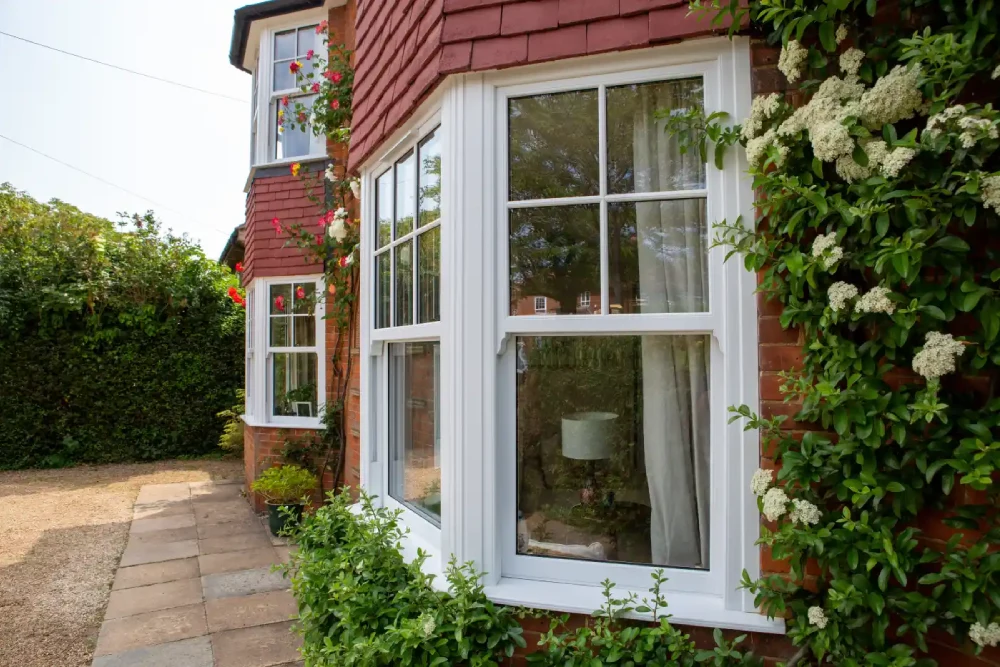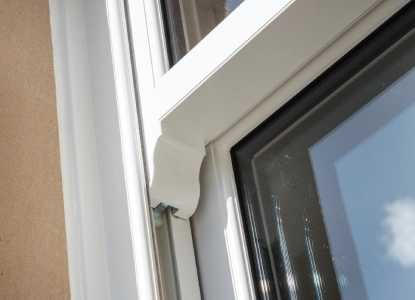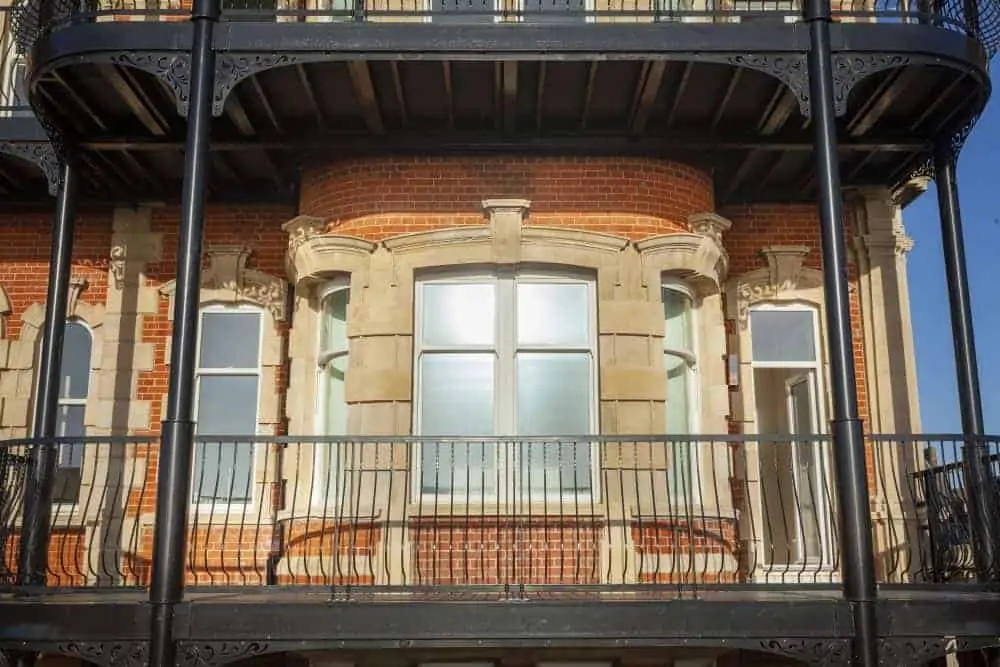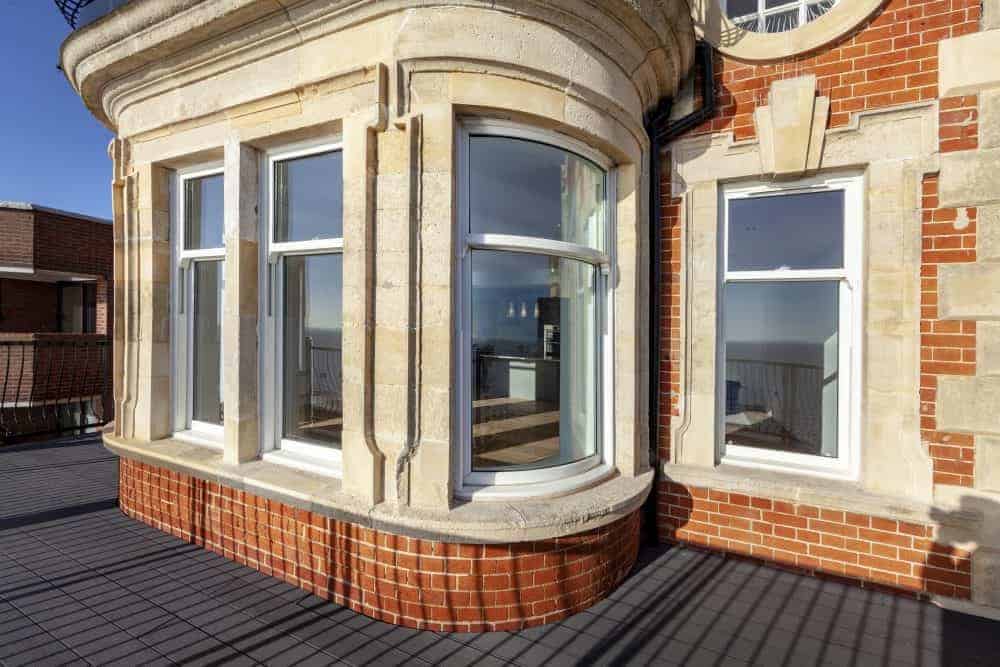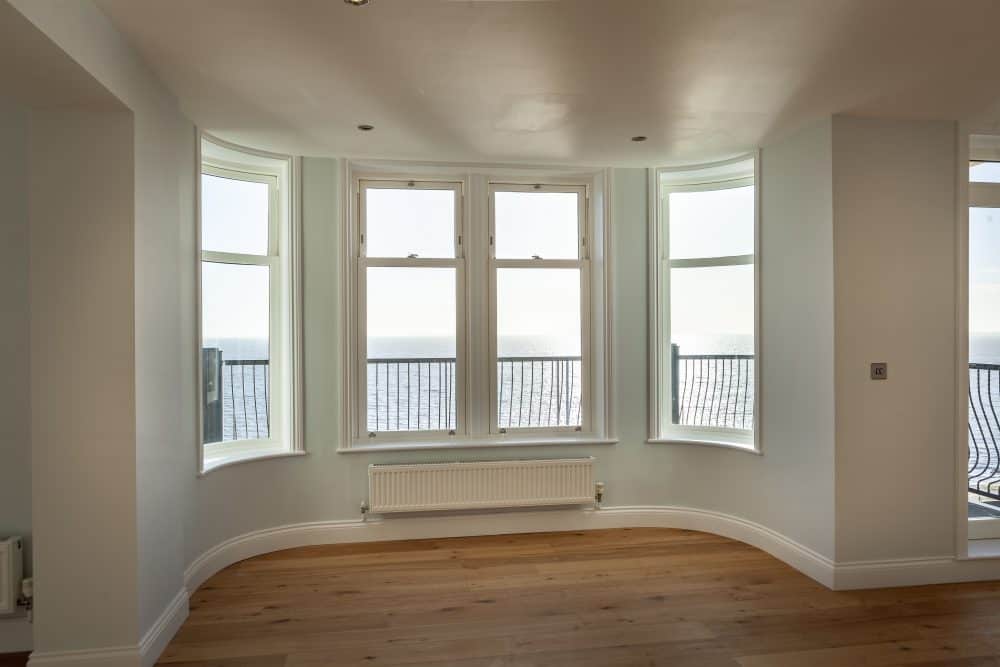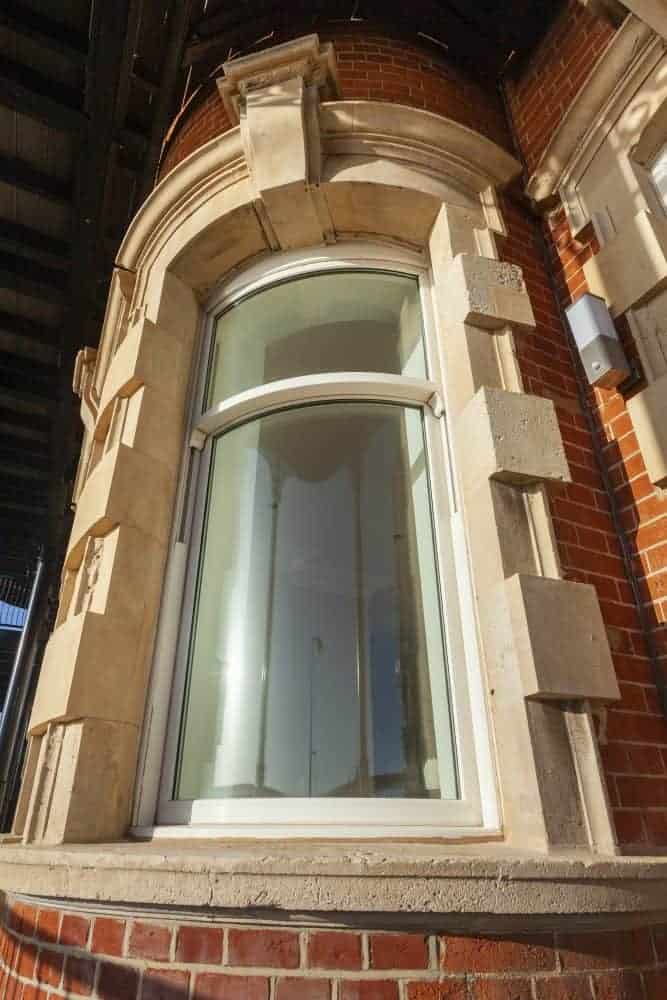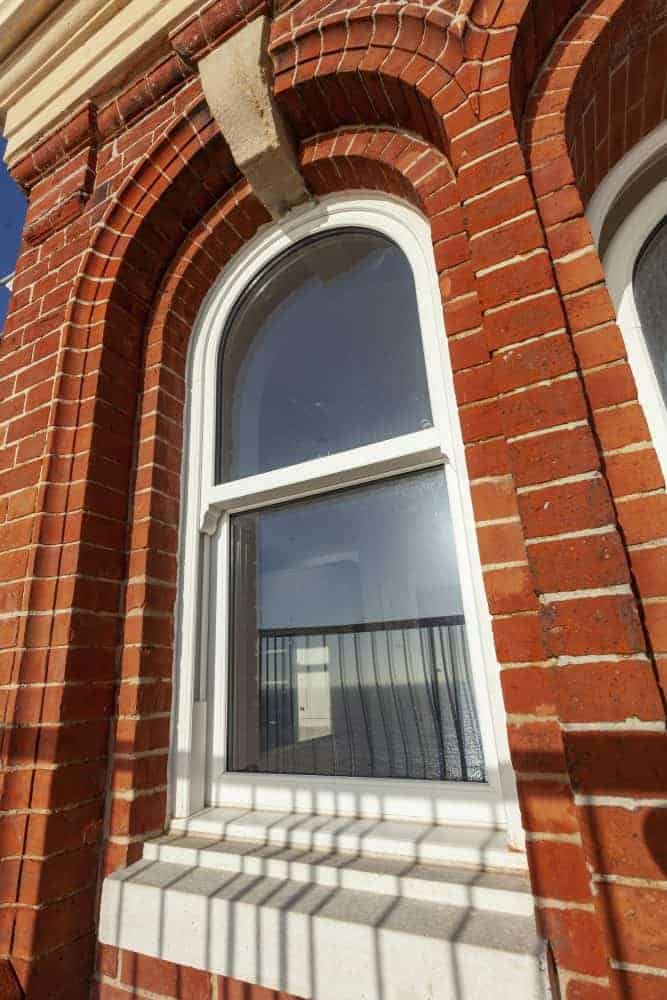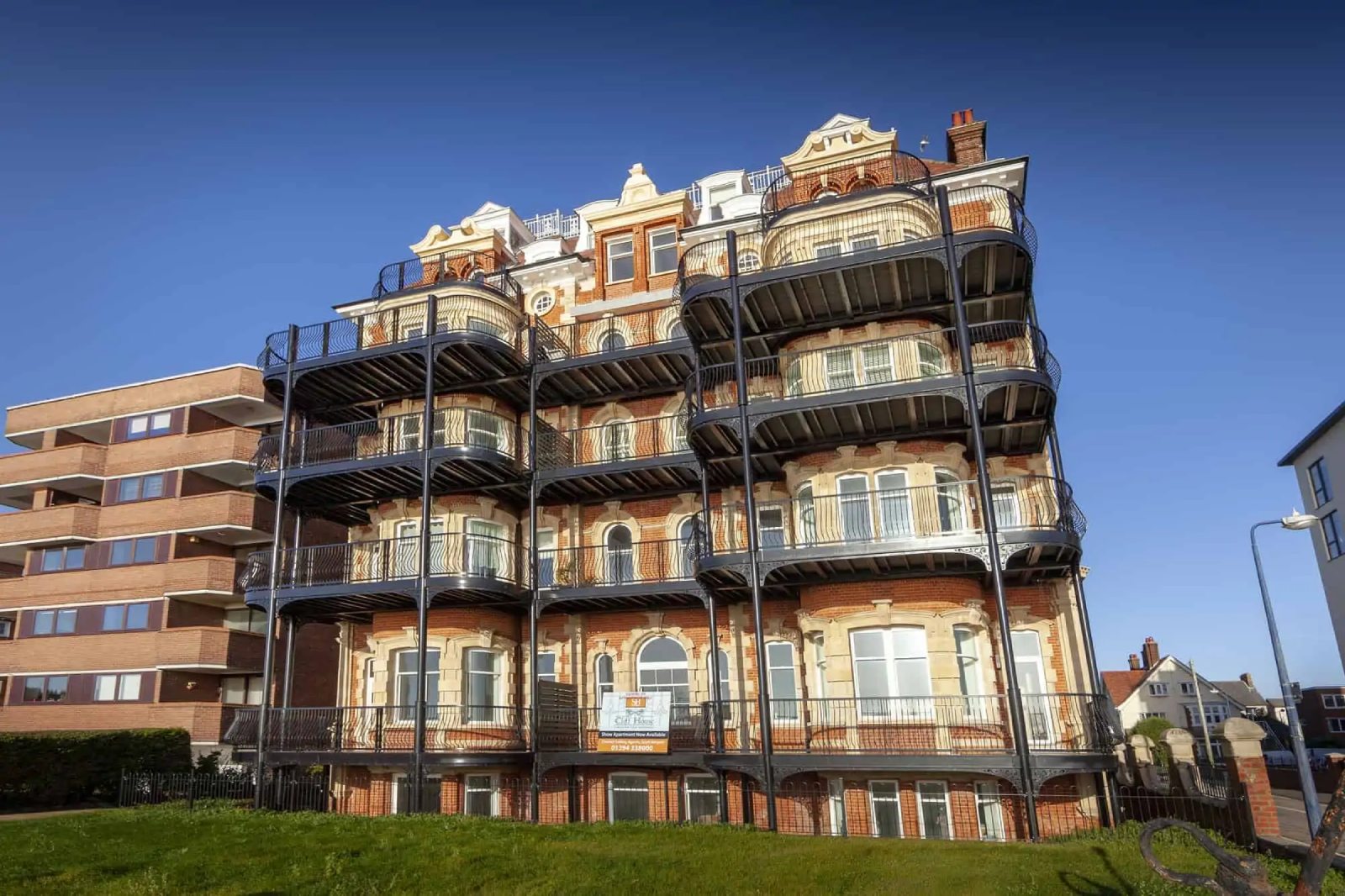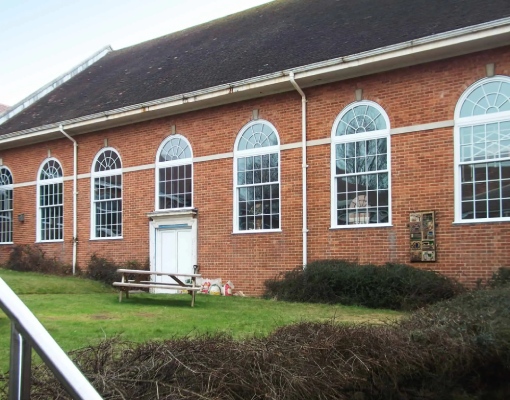Double glazing ideas for
commercial properties
Ideas on the aesthetics of double glazing for commercial properties
Aluminium has been the first choice for commercial properties for many years. It offers exceptional design versatility so it can be used in a wide variety of building styles and commercial applications. Here at Mercury Glazing we manufacture a range of aluminium double glazing that are suitable for a wide variety of commercial buildings.
For example, Alitherm 300 Aluminium Windows have the elegant and understated style of a traditional casement window, which makes them ideal for commercial refurbishment projects. They also bring classic style to new constructions.
If you need a double glazing solution for a heritage or listed building, take a look at our Alitherm Heritage 47 Aluminium Windows. They have been engineered specifically to replace existing steel and Crittall windows, so they are ideal option, particularly when planning and conservation constraints are a factor. Their distinctive looks also bring a design-led feel to new build commercial projects.
If you need sliding sash windows, our Aluminium Sliding Sash Windows could be the answer.
It is also worth looking at PVC-U versions of sliding sash windows – we offer PVC-U Fully Welded Vertical Sliders and PVC-U Mechanically Jointed Vertical Sliders. We are one of the UK’s largest manufacturers of the market-leading PVC-U vertical sliding sash window, so we really are the experts on these complex window designs.
Both aluminium and PVC-U frames are available in a multitude of different colour options, so you can select a colour that blends in or makes a strong design statement to support your architectural specifications. Your commercial glazing partner will be ready to discuss your design ideas to help you select the shade that’s right for your project.
The second is the strict manufacturing protocols the company has in place. Steve says: “High end products mean you need to be laser-focused when it comes to product quality. There’s no room to cut corners and we never forget this. When you buy from Mercury you’re buying the reassurance of attention to detail you can rely on.”
Ideas on the technical requirements of double glazing for commercial properties
All buildings need to meet stringent regulations when it comes to factors such as thermal efficiency, security and ventilation. One size doesn’t fit all and the specifications of your commercial glazing are likely to differ from project to project depending on factors including location, thermal efficiency requirements and security considerations. For example, high rise buildings will have higher wind loading requirements; buildings in busy city centres may need acoustic glazing solutions. When it comes to security, ground floor glazing might have more demanding requirements than glazing on upper floors. When you work with a reputable commercial glazing company you can be sure you will have an expert partner by your side to help you with the technical requirements. They will be able to run calculations to assess the requirements of your commercial glazing. They will also have the experience to be able to identify requirements you may have missed. In short, they should be your first port of call when it comes to your double glazing ideas for all commercial projects.
Choosing your commercial double glazing expert
It is essential to choose a commercial double glazing company with a strong track record in working with architects, contractors and specifiers on commercial contracts. Mercury has been manufacturing a comprehensive range of durable aluminium and PVC-U windows and doors suitable for commercial and residential properties since 2002. We’re a proudly British manufacturer and a reliable team of over 60 highly trained staff with decades of commercial experience and expertise. With a strong track record of delivering great results, we’ll suggest the best options for your commercial projects, considering fundamental factors such as style, thermal efficiency and budget. With our in-house manufacturing expertise and competitive prices, we will work closely with you to support you at every level. So, to start the conversation about your commercial glazing requirements, get in touch today.
Cliff House, Felixstowe
VIEW PROJECTFoxhill House, Chester
VIEW PROJECTUniversity of Sussex, Brighton
VIEW PROJECTVarndean College, Brighton
VIEW PROJECTFrom sash windows to aluminium bifold doors, our high-quality products are engineered and manufactured right here in Britain. We work with fellow UK-operated companies, Spectus Window Systems, Smart Systems, and Jack Aluminium Systems, to deliver only the very best to our trade, commercial and residential customers.
How much do French doors cost to install in the UK?
The cost of installing French doors in the UK varies depending on the size, material, and design. At Mercury Glazing, we offer competitive pricing tailored to your specific needs. Please contact us for a personalised quote.
How to fit door handles?
Fitting door handles can be a straightforward process. First, measure and mark the position on the door, drill the necessary holes, then attach the handle with screws. For detailed instructions or professional fitting services, feel free to reach out to us.
What are composite doors made of?
Composite doors are crafted from a combination of materials, including PVC, wood, insulating foam, and GRP (Glass Reinforced Plastic). This blend ensures strength, durability, and thermal efficiency.
What are composite doors?
Composite doors are high-quality doors known for their robustness, energy efficiency, and security. They are an excellent choice for those seeking a durable and aesthetically pleasing option.
Do composite doors fade in the sun?
Our composite doors are designed to resist fading, even under prolonged sun exposure, thanks to their high-quality materials and construction.
How to adjust composite doors?
Adjusting a composite door usually involves aligning the hinges and lock mechanism. If you're experiencing issues, we recommend contacting a professional for assistance to ensure optimal performance and avoid damage.
How to replace patio doors?
Replacing patio doors involves removing the old doors, preparing the opening, and installing the new doors. It's a task best handled by professionals to ensure a perfect fit and functionality.
How much do patio doors cost?
The cost of patio doors varies based on size, material, and design. Contact us at Mercury Glazing for a bespoke quote that matches your specific requirements.
How much are French doors?
The price of French doors depends on the material, size, and design details. We offer a range of options to suit various budgets. Please get in touch for a tailored quote.

